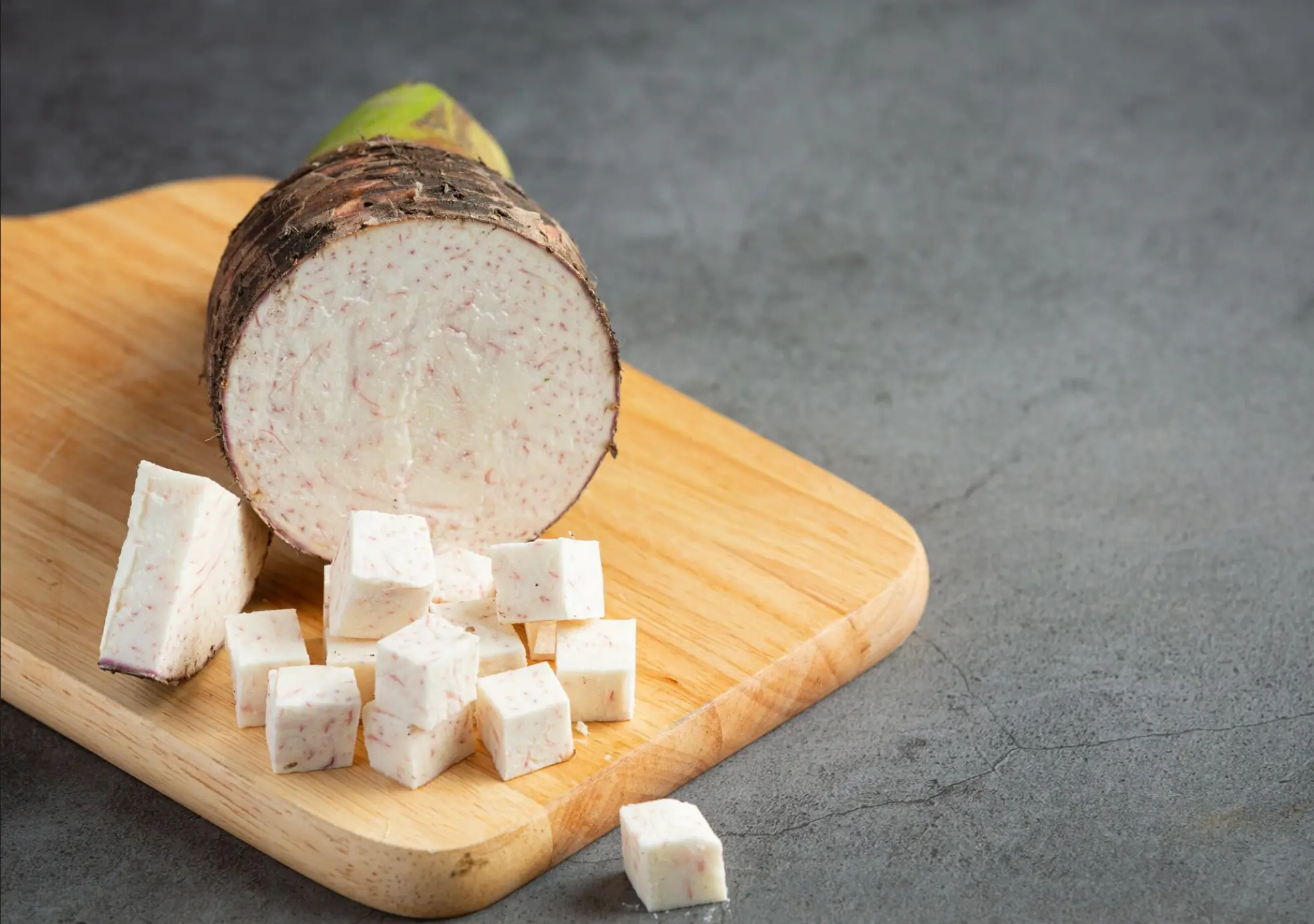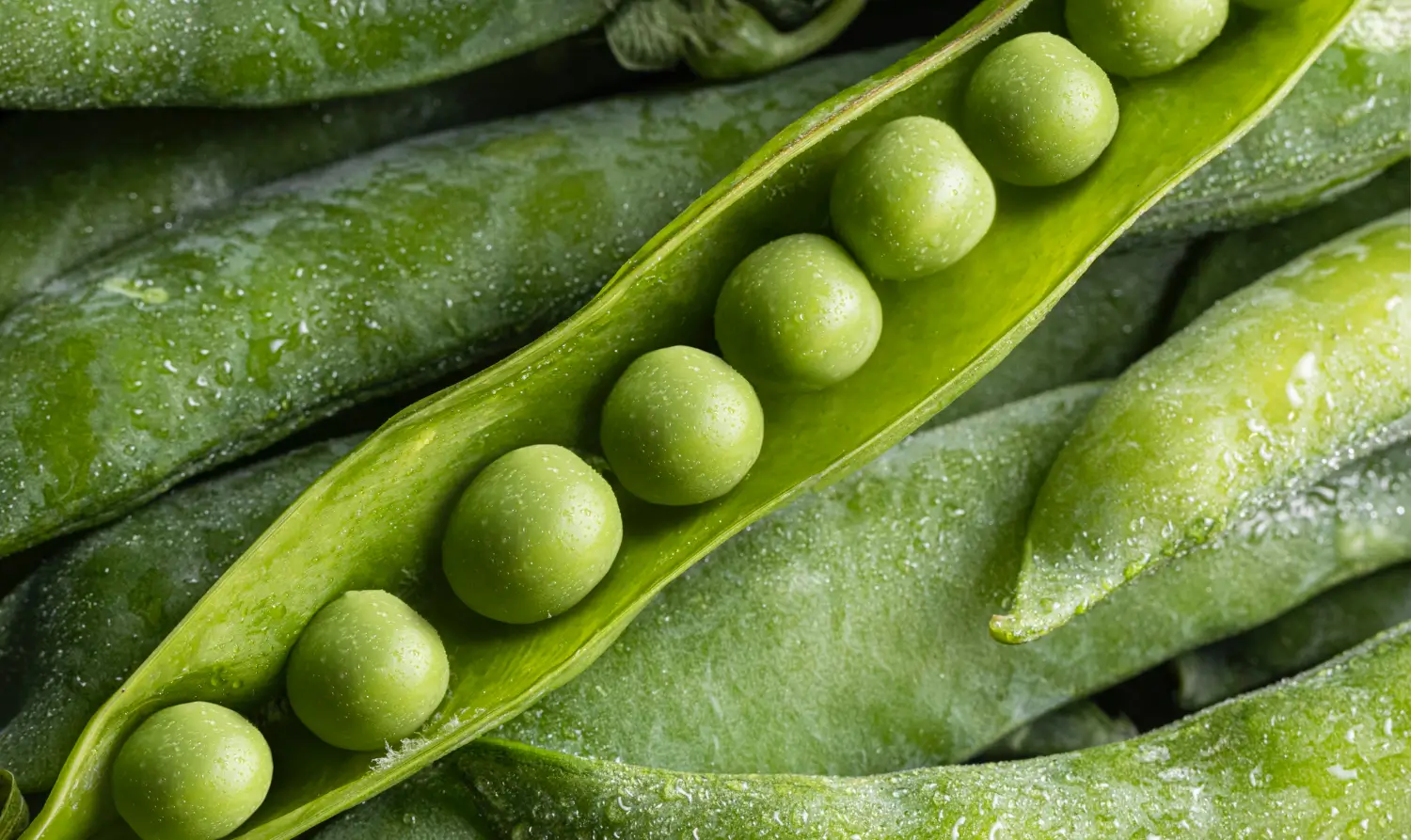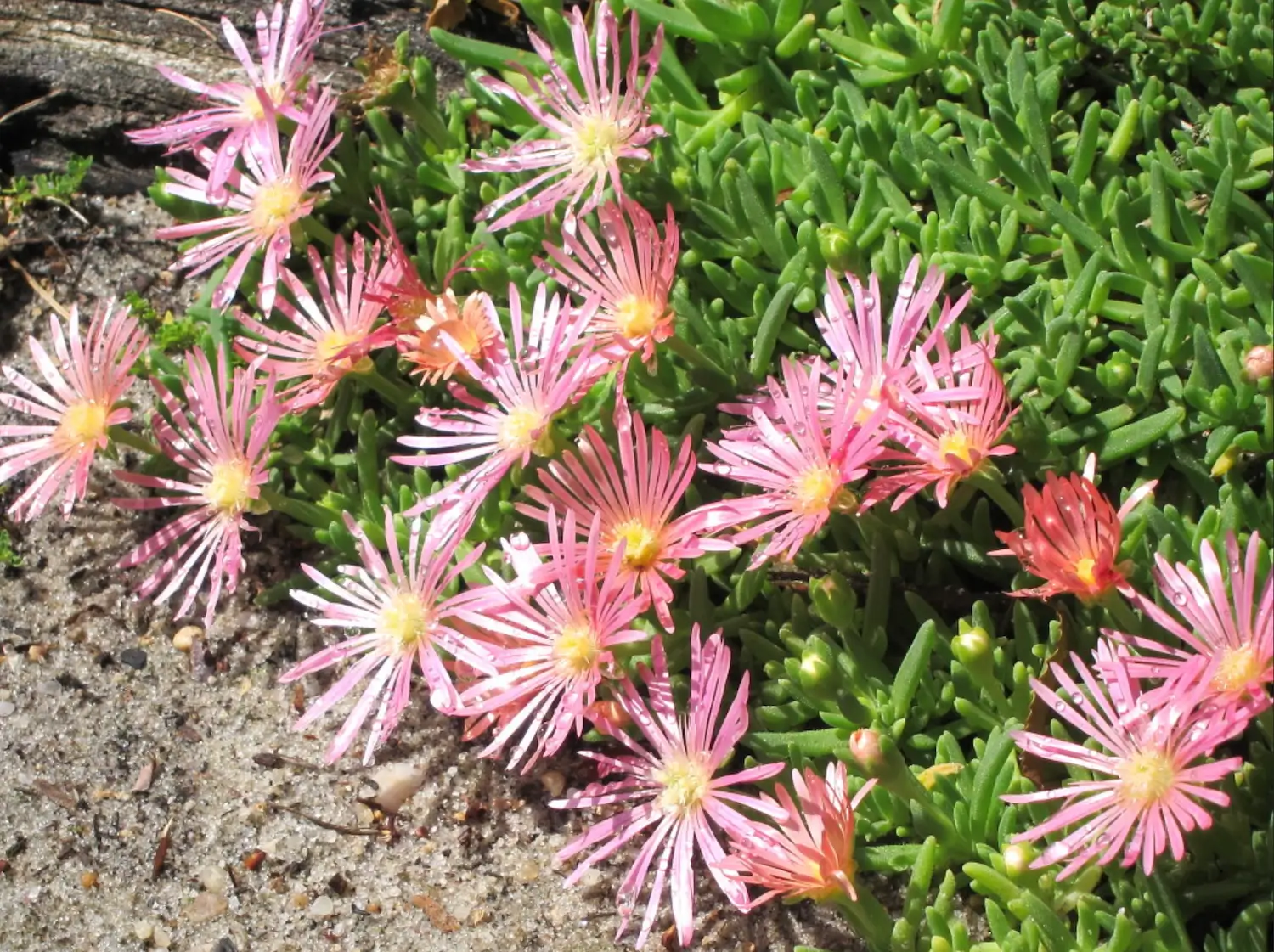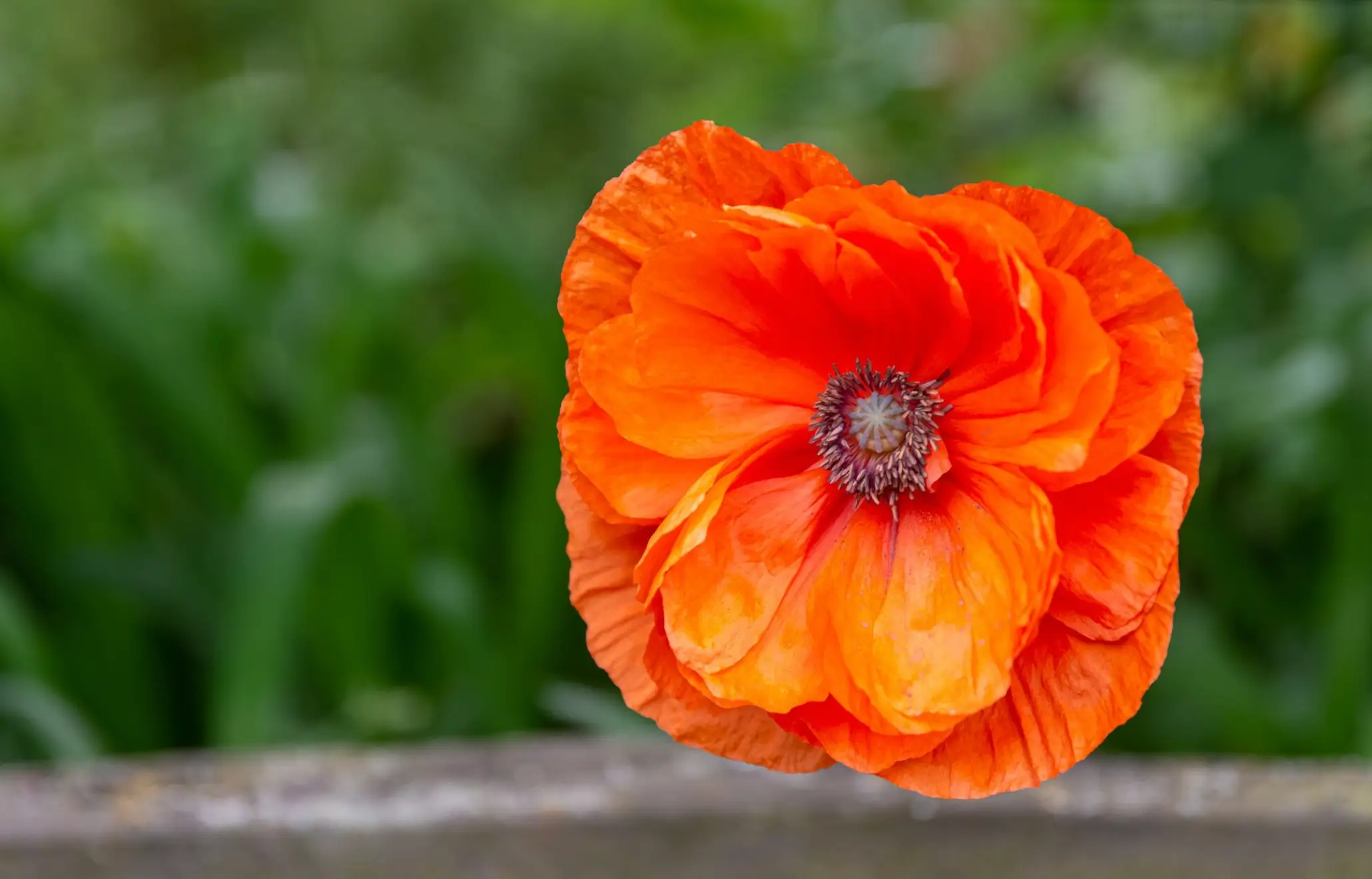
Soil Health & Fertilization
We unite suppliers and green industry professionals worldwide
Taro (Colocasia esculenta) is a plant of great international significance, and its importance in the world is both food-wise and culturally.
By Victor Miller
|Published on September 25, 2025


Taro (Colocasia esculenta) is a starchy root crop valued in the world as a source of edible corms and foliage. It is among the ancient domesticated plants and has been a staple crop in tropical and subtropical areas for thousands of years. The roots are of particular importance in the cuisine and traditions of Asian, African, and Pacific Islands. It has a variety of culinary applications, nutritional benefits, and cultural applications, and is a good-looking and flashy-leafed plant that provides gardeners with appealing and bold ornamental value.
Gardeners appreciate taro due to their striking foliage, which makes it practical and beautiful at the same time. The plant is simple to grow by corms or suckers, and it survives in hot and wet climates, constantly feeding and inspiring people all over the world.
| Scientific Name | Colocasia esculenta |
| Common Names | Taro, Dasheen, Eddoe, Kalo (Hawaiian), Arbi (Indian), Cocoyam (African) |
| Family | Araceae |
| Genus | Colocasia |
| Species | Colocasia esculenta |
| Varieties/Cultivars | Types of dasheen - larger corms, which are often boiled or mashed / Eddoe types - smaller corms, which tend to be cultivated in drier climates. |

September 25, 2025
9 minute read
September 24, 2025
9 minute read
September 23, 2025
10 minute read
September 22, 2025
9 minute read


Join as a seller and connect with thousands of B2B buyers nationwide!
Sign Up

Garden Peas
Garden peas (Pisum sativum) have been a staple in gardens as well as in kitchens for years. They taste sweet and are soft.

Ice Plant
Ice Plant is a drought-resistant succulent plant that is ideal in low-maintenance gardens and xeriscaping.

Iceland Poppy
Iceland Poppy ( Papaver nudicaule ) is a flashy, hardy perennial known for its delicate, yet animated flowers.

Fenugreek
Fenugreek is a cook´s all-around aromatic herb, and leaves as well as seeds are used in cooking. It has been used for thousands of years in culinary, herbal medicine and traditional remedies and holds a high ranking status across cultures globally.
Taro is aesthetically appealing and isn't harmful, and these make it widely used in gardens and farms.
Taro is a plant with numerous purposes in food, culture, and gardening.
Culinary Uses
Cultural Uses
Taro also thrives well in subtropical and tropical conditions, and specifically in wetlands.
Corm Morphology
Taro has unique edible corms, which are a source of nutrients.
Taro is commonly grown not by using seeds but by using parts of the plant.
Taro does not easily multiply through seeds in farms; therefore, corn and sucker propagation is the main mode of proliferation.
Taro is predominantly vegetatively propagated, and this aspect makes it an easy and consistent crop to plant in different environments.
Taro is not so delicate and is challenged by pests and diseases.
Taro corms are kept in good condition when well handled.
Taro (Colocasia esculenta) is a plant of great international significance, and its importance in the world is both food-wise and culturally. Taro has been a staple crop in the Pacific Islands, Africa, and Asia. It is culturally rich, as its edible corms and leaves are essential sources of food and are used in rituals.
Taro typically takes 7–12 months to mature, depending on the variety and growing conditions.
No. Taro contains calcium oxalate crystals that can irritate the throat and digestive system. It must be cooked thoroughly before consumption.
Yes, but only when cooked. Cooking neutralizes the irritating compounds and makes them safe and nutritious to eat.

Soil Health & Fertilization
Victor Miller

Pest Identification & Prevention
Victor Miller

Lawn Care Tips & Maintenance
Victor Miller

Soil Health & Fertilization
Victor Miller

Smart Irrigation Systems
Victor Miller

Patios, Walkways & Driveways
Victor Miller

Soil Health & Fertilization
Victor Miller

Pest Identification & Prevention
Victor Miller
My Account
Our team is always here to help.
We are open Monday - Friday, 9:00 AM to 4:30 PM PST.